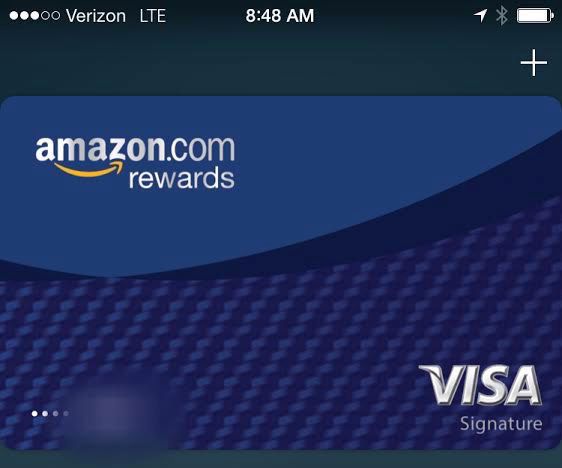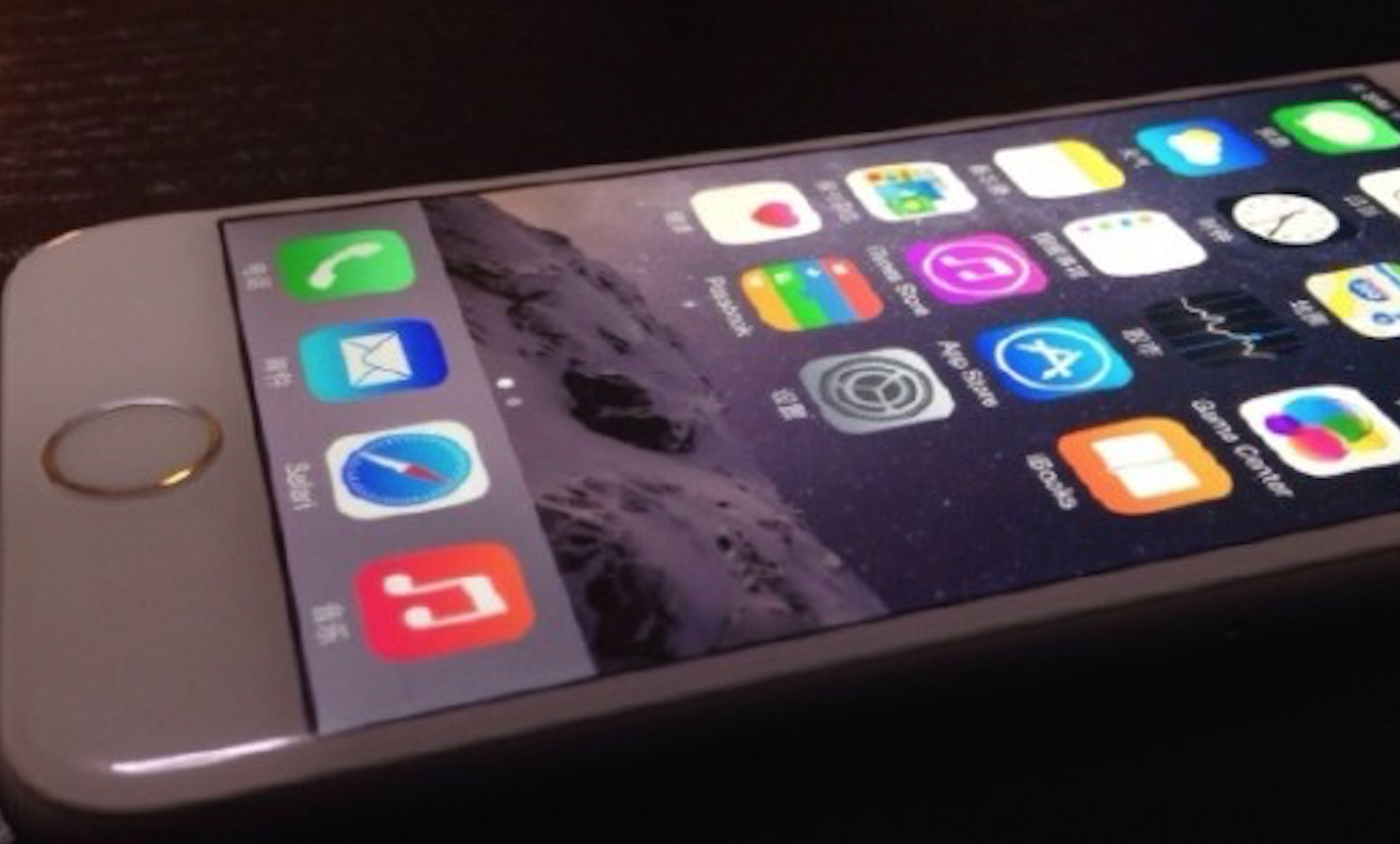 A MacBook, a flatscreen monitor rescued from a dumpster, a few parts bought on eBay and an abandoned McDonalds as a base may seem a reasonable basis for a hobbyist electronics project of some kind – but taking control of an abandoned NASA spacecraft might feel a little ambitious. Not so, says a team of nine geeks who have successfully taken control of ISEE-3, a spacecraft launched by NASA 36 years ago to measure the solar wind and radiation. The story of what has to be a strong candidate for coolest thing ever is told in full in BetaBeat.
A MacBook, a flatscreen monitor rescued from a dumpster, a few parts bought on eBay and an abandoned McDonalds as a base may seem a reasonable basis for a hobbyist electronics project of some kind – but taking control of an abandoned NASA spacecraft might feel a little ambitious. Not so, says a team of nine geeks who have successfully taken control of ISEE-3, a spacecraft launched by NASA 36 years ago to measure the solar wind and radiation. The story of what has to be a strong candidate for coolest thing ever is told in full in BetaBeat.
The satellite’s battery has been dead for over 20 years, but it had solar panels to power 98 percent of the satellite’s full capabilities. In its heyday, it ran missions around the Moon and Earth, and flew through the tail of a comet. But technology gets old, and everyone happily let the successful satellite go, knowing it would be back in Earth’s orbit someday — namely, 2014.
Since the satellite went offline, the team had retired, the documentation was lost and the equipment was outdated. They could still hear the satellite out there talking, but they’d need to build the equipment to talk back.
They did have a few more expensive requirements, like a helicopter to lift a transmitter into place, but a crowdfunding campaign took care of the costs. There was then the small matter of getting permission from NASA, no doubt helped by one of the team being a former employee.
They brought the idea to NASA, but there was no precedent on which to base an agreement. No external organization has ever taken command of a spacecraft, but NASA didn’t want to say no, so they asked the team if they needed any help.
Astonishingly, they’ve now successfully placed the craft in a new orbit around the sun, and Google has helped them build a website that will be used to share data transmitted back from it – appropriately enough named Spacecraft For All. The full story is well worth a read.




 A MacBook, a flatscreen monitor rescued from a dumpster, a few parts bought on eBay and an abandoned McDonalds as a base may seem a reasonable basis for a hobbyist electronics project of some kind – but taking control of an abandoned NASA spacecraft might feel a little ambitious. Not so, says a team of nine geeks who have successfully taken control of ISEE-3, a spacecraft launched by NASA 36 years ago to measure the solar wind and radiation. The story of what has to be a strong candidate for coolest thing ever is told in full in
A MacBook, a flatscreen monitor rescued from a dumpster, a few parts bought on eBay and an abandoned McDonalds as a base may seem a reasonable basis for a hobbyist electronics project of some kind – but taking control of an abandoned NASA spacecraft might feel a little ambitious. Not so, says a team of nine geeks who have successfully taken control of ISEE-3, a spacecraft launched by NASA 36 years ago to measure the solar wind and radiation. The story of what has to be a strong candidate for coolest thing ever is told in full in